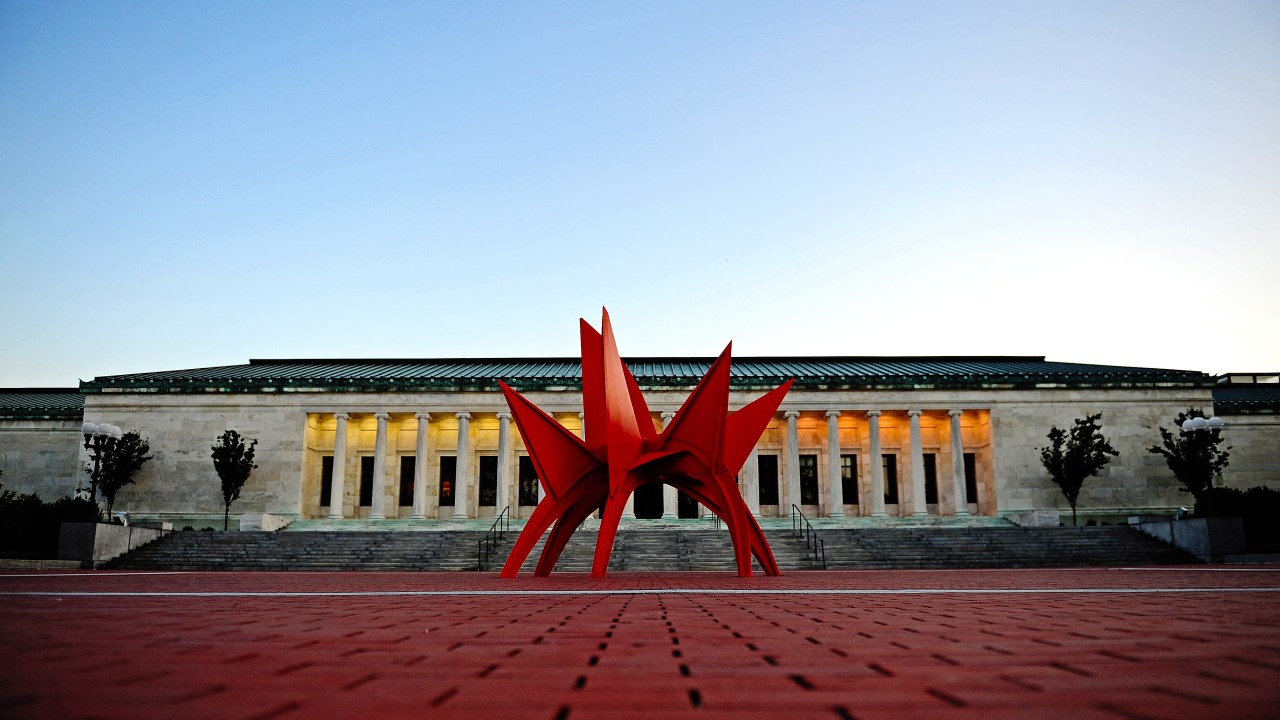
I’ve been tracking the rise of impact investing for a decade. On this blog, guest posts such as those by Laura Callanan introduced the practice, documented how museums are adopting impact investing, and explored how investing for good can address racial inequity. Today on the blog, Director Adam Levine tells us why the Toledo Museum of Art has committed to an investment strategy designed to benefit the creative economy while minimizing any financial risk to the museum. I encourage you to consider the challenge Mr. Levine issues at the end of this essay: Imagine the collective impact of this strategy if it were adopted by more museums!
–Elizabeth Merritt, VP Strategic Foresight and Founding Director, Center for the Future of Museums, American Alliance of Museums
This April, the Toledo Museum of Art (TMA) became the first museum to announce it was investing in Upstart Co-Lab’s Inclusive Creative Economy Strategy—the first impact investment strategy focused on the US creative economy. One million dollars from the museum will be invested alongside tens of millions in commitments from the Souls Grown Deep Foundation, the Andy Warhol Foundation for the Visual Arts, the Ford Foundation, and others. The capital will be invested in businesses in fashion, film and TV, video games, food, the creator economy, the visual art market, immersive experiences, beauty, and other creative industries to support their growth. Priority will be given to start-up businesses founded by women and people of color with commitments to developing quality jobs, anchoring vibrant communities, and enabling sustainable creative lives.
TMA’s investment doesn’t just support our values. We believe it’s also going to generate significant return-on-investment (ROI). Even so, because this is a new arena for cultural institutions and because TMA is the first museum investor in Upstart Co-Lab’s strategy, we needed to be thoughtful about how we framed risk and reward for our stakeholders. This blog post unpacks how we did that.
The Broader Context: Mission, Risk, and Return
Like all non-profits, the Toledo Museum of Art is a mission-driven organization. As we have evolved, we have come to inspect every aspect of our business for mission alignment. Since our mission is “to integrate art into the lives of people,” it made sense to ask if our endowment allocation achieves that goal. On the one hand, of course our investments support our mission since the annual draw from our endowment directly funds the museum’s work. On the other, our investments—which we aligned with our values recently and about which you can read in the report Cultural Capital: The State of Museums and Their Investing—were not directly supporting creators and arts. The question, then, was whether there were such investments that fit within our risk profile.
While non-profit risk profiles tend to be conservative compared to other organizations, that caution often produces reliable results. The Toledo Museum of Art’s existing allocation of its endowment has supported our operations consistently for decades by investing with fund managers with long track records in liquid markets (i.e., those with a lot of investment opportunity and capital flowing in and out). Upstart Co-Lab’s strategy, by contrast, is a newer vehicle from a newer manager in an illiquid space, with investments made in start-ups where it is difficult to withdraw capital. Sure, the strategy invests in ways directly supportive of the mission, but how could we justify the risk? Relatively easily, as it turns out.
Adjusting for and Hedging Against Risk
The question of whether a risk is worthwhile must be considered against the return. In the case of Upstart Co-Lab’s strategy, we determined there was a lot more risk but also a lot more return—roughly twice as much. We determined this through our own due diligence, but we also worked with a third-party advisor. Likewise, we comrpared notes with other early investors, many of whom have entire impact investing portfolios and whole teams dedicated to researching approaches like the Inclusive Creative Economy Strategy. Based on all that homework, we determined we were taking on more risk but were being compensated for it. What’s more, we were doing so in a mission-aligned way, which confers value to our brand and reputation, employee engagement, and more. When we adjusted for risk, we felt the investment was worth it.
Even so, an investment in a fund manager who, by way of comparison, focuses exclusively on publicly traded United States companies (we have several such managers in our current portfolio) is highly unlikely to ever lose all its value. It is far more likely an investment in an early-stage company by Upstart Co-Lab could result in failure, and since there will be fewer companies in the Inclusive Creative Economy Strategy than in the US economy, a couple of these failures could affect TMA’s return and our ability to execute our core business and achieve our mission.
Knowing this, we set out with the support of a generous donor to insure our losses. Here’s how it worked: An incredible donor with a passion for the museum and the creative economy stepped up to say that if we lost any money on the investment, she would make the museum whole. In the event the fund makes money, as we expect it will, we get to keep the upside. This donor realized that she was unlikely to be liable for the full amount but was willing to assume that level of risk to enable our investment and hopefully catalyze others.
Guarantees as a Strategy
With the guarantee in place, our investment in Upstart Co-Lab’s strategy became a no-brainer. We were investing in a mission-aligned way through-and-through with the potential for above-average returns and all downside risk mitigated. The decision to make the investment was unanimously endorsed by our board of directors.
In our case, the guarantor was an individual, but it equally could be a foundation, a government agency, or any other third party with sufficient capital. Providing a guarantee on losses is not something that can or should be isolated to Toledo—it is replicable anywhere. Indeed, the guarantee is a tool that is used in philanthropy often, and its application to hedging the risk of impact investments could open a share of the sixty billion dollars currently in art museum endowments to transforming the US creative economy in exactly the way we are trying to do through our other organizational activities.
This strategy advances our mission and delivers impact across multiple dimensions. Imagine the collective impact if more museums adopted it.
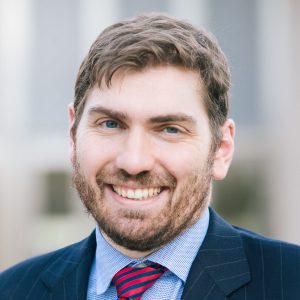




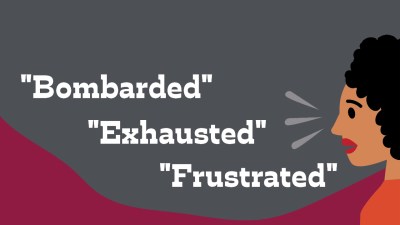
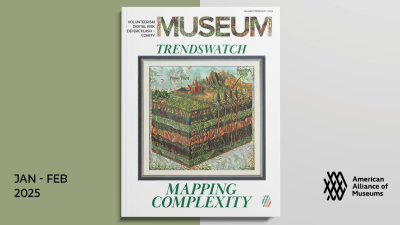
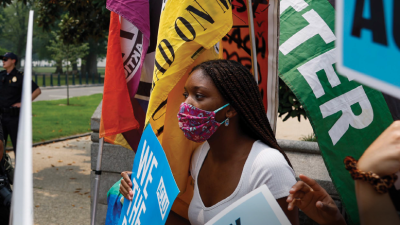

Comments